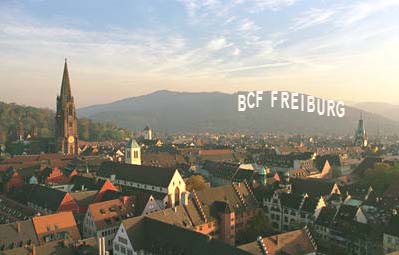Gaute Einevoll (Department of Mathematical Sciences and Technology Norwegian University of Life Sciences (UMB), Ås)
The Bernstein Center Freiburg Bernstein Seminar |  |
Gaute Einevoll Department of Mathematical Sciences and Technology Norwegian University of Life Sciences (UMB), Ås How local is the local field potential? | |
Monday, November 7, 2011 17:15 h | Lecture Hall (ground floor) Bernstein Center Freiburg Hansastraße 9A 79104 Freiburg |
Abstract: In the seminar I will present new results from our group where we have used a biophysical forward-modelling approach (Linden et al., J Comp Neurosci, 2010) to address this question. Specifically, we have calculated the LFP signal from synaptically activated populations of morphologically reconstructed cortical cells and investigated how various key factors determine the size of the region that an LFP electrode can 'see', in particular, the neuronal morphology, distribution of synapses, level of correlation in synaptic activity, and the position of the recording electrode. I will further present results for how steeply the LFP signal decays outside an active population and finally suggest some simple “rules-of-thumb”-answers to the question raised in the title. | |
Host: Ad Aertsen | |
| The talk is open to the public. Guests are cordially invited! www.bcf.uni-freiburg.de | |

